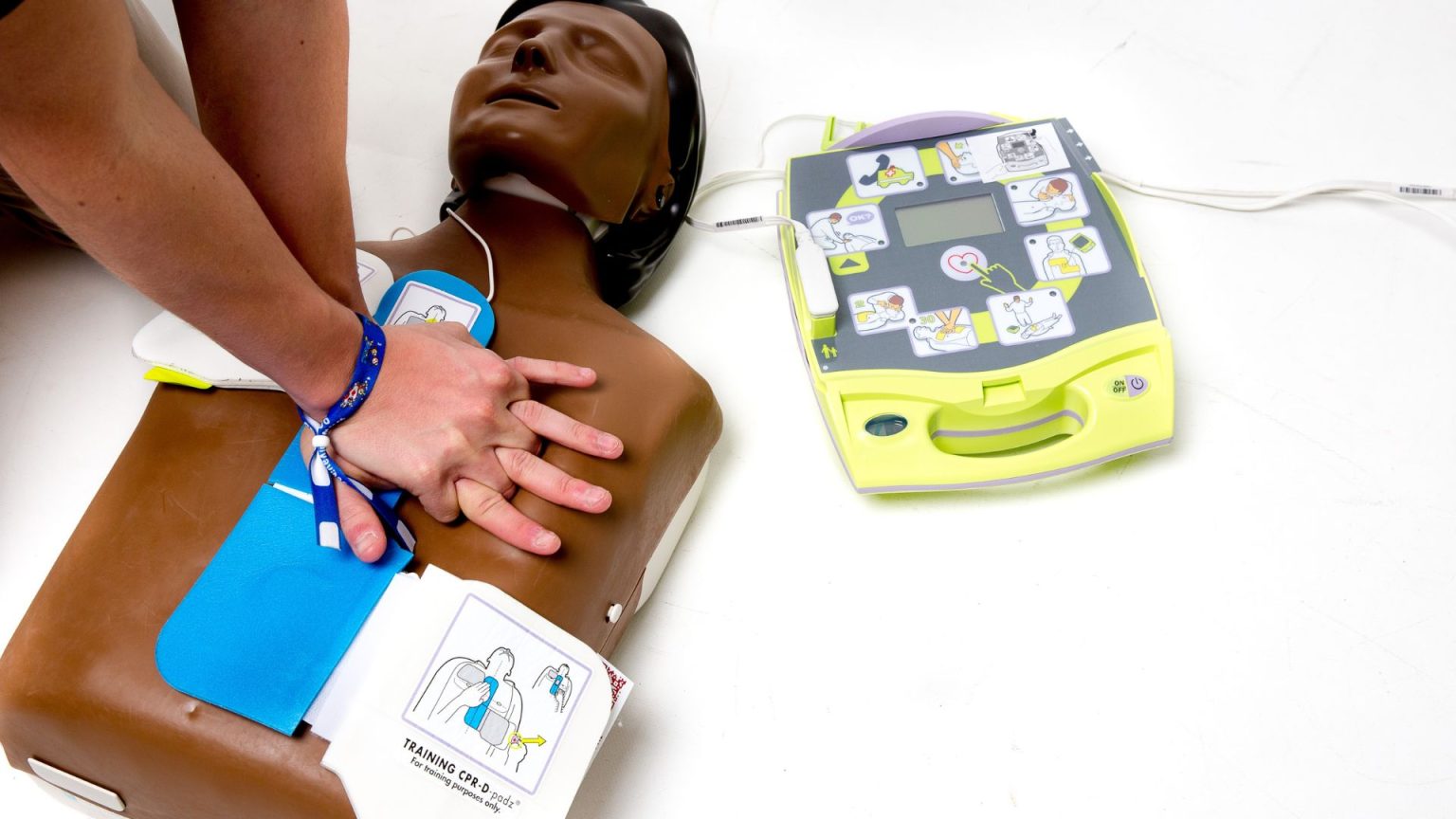When faced with a cardiac emergency, an Automated External Defibrillator (AED) can make a life-saving difference. But what are some special considerations when using an AED? There are several critical factors that can affect how effectively the AED works, and knowing these considerations can ensure the best possible outcome during an emergency.
Factors Affecting AED Effectiveness
The effectiveness of an AED can be influenced by various environmental factors. For example, if the victim is lying on a wet surface or in water, the shock may not be delivered properly. Ensure the area is dry, and avoid using the AED if the victim is in water.
Proper pad placement is another key factor. In individuals with larger body types, pad placement may need adjustment. Ensure the pads are positioned correctly and follow the AED’s prompts to ensure optimal results.
AED Use for Special Populations
Certain populations may require additional considerations when using an AED. For instance, when using the AED on a child or infant, a pediatric setting or pediatric pads may be necessary to adjust the shock intensity. Pregnant women can also receive shocks from an AED, but it’s recommended to place the pads slightly lower to avoid direct contact with the fetus.
Patients with implanted pacemakers or defibrillators require caution when placing the AED pads. Avoid placing the pads directly over these devices, as it can interfere with the AED’s function.
Precautions for AED Use in Specific Scenarios
If you need to use the AED in a moving vehicle or on uneven terrain, ensure that the vehicle is stationary and that you have a firm surface to work with. A moving vehicle can cause unstable pad placement, reducing the effectiveness of the AED.
Additionally, avoid using the AED in extreme temperatures or wet conditions unless the device is specifically rated for such environments.
Ensuring Safe AED Use
To ensure safe and effective AED use, always follow the device’s prompts and ensure proper pad placement. The AED will guide you through each step, including when to clear the victim before administering a shock.
Proper training and certification in CPR and AED use are essential for anyone responding to an emergency. Simple CPR offers online CPR and AED training courses to help you understand how to use the AED safely and effectively in any situation.
Conclusion
AEDs are invaluable tools in saving lives during cardiac emergencies, but knowing what are some special considerations when using an AED is crucial for ensuring their effectiveness. By following the proper guidelines and understanding key considerations, you can confidently use an AED and improve the chances of survival. Visit Simple CPR today to get certified in CPR and AED use, and be prepared to act in an emergency.

